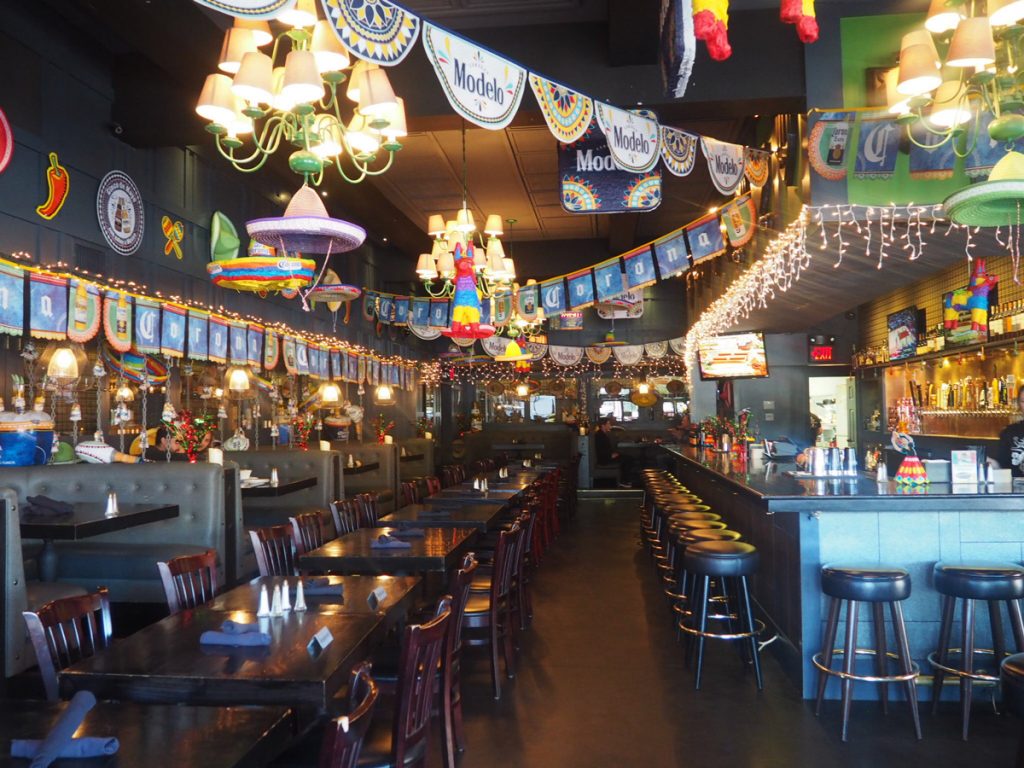«5th of May». Not to be confused with Mexican Independence Day, which occurs on September 16.

Cinco de Mayo (pronounced [ˈsiŋko ðe ˈmaʝo] in Mexico, Spanish for «Fifth of May») is an annual celebration held on May 5.
The date is observed to commemorate the Mexican Army‘s victory over the French Empire at the Battle of Puebla, on May 5, 1862, under the leadership of General Ignacio Zaragoza.
The victory of the smaller Mexican force against a larger French force was a boost to morale for the Mexicans. Zaragoza died months after the battle due to illness. A year after the battle, a larger French force defeated the Mexican army at the Second Battle of Puebla, and Mexico City soon fell to the invaders.
More popularly celebrated in the United States than Mexico, the date has become associated with the celebration of Mexican-American culture.
These celebrations began in California, where they have been observed annually since 1863. The day gained nationwide popularity in the 1980s thanks especially to advertising campaigns by beer and wine companies. Today, Cinco de Mayo generates beer sales on par with the Super Bowl.
In Mexico, the commemoration of the battle continues to be mostly ceremonial, such as through military parades or battle reenactments.
The city of Puebla marks the event with an arts festival, a festival of local cuisine, and re-enactments of the battle.
Cinco de Mayo is sometimes mistaken for Mexico’s Independence Day—the most important national holiday in Mexico—which is celebrated on September 16, commemorating the Cry of Dolores, which initiated the war of Mexican independence from Spain

Was the battle significant?
Strategically, not really. The battle represented more of a symbolic victory for the Mexican forces and added to the resistance. French forces didn’t leave until 1867 after years of fighting.
Mexicans were helped in part by the end of the Civil War, when the US was able to send their own troops to help out their besieged neighbour.
Why is it celebrated in the United States?
The holiday is widely seen as a celebration of Mexican cultural heritage for America’s growing Hispanic population.
Latino activists raised awareness for the holiday in the 1960s. In large part, those early holidays in the US were a forum to celebrate the fact that a group of indigenous people were able to successfully hold back French forces.

The holiday has really taken off in the US since then and people today celebrate with parades, parties, mariachi music, and traditional Mexican foods.




